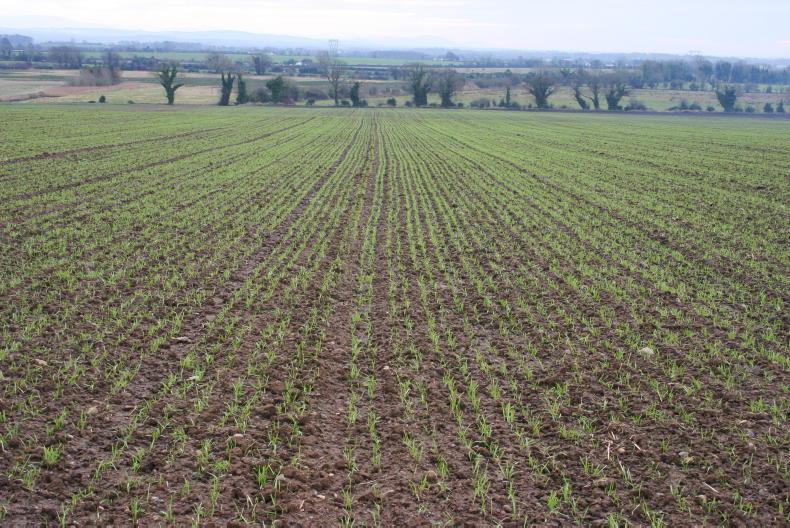Winter is with us: The weather at the weekend and early this week had a Baltic feel to it and puts the handbrake on growth for the time being at least.
The cold might even be welcomed as the frost and bitter cold will slow, if not knock back, any disease infection in winter crops.
Since then, the storm has brought significant wind and rain to emphasise the feel of winter.
We had a similar cold snap around this time last year and it certainly helped with late season BYDV transfer.
But this year was so mild early in the season that it has to be a very different year and a very different overall risk.
Soil temperatures are now gone back to between 2-5°C across the tillage areas, so growth is likely to be slow – at best – for the time being, leaving crops extra prone to pest attacks.
Take a good walk across all your crops before you close down for Christmas.
Pay particular attention to any weeds still present and have a plan in place to deal with them in spring. Also, watch for the presence of diseases and any signs of pest activity.
Aphids and BYDV: While the cold may slow aphid multiplication, we must remember that they are very resilient and will migrate into the soil to avoid the worst extremes of the cold. So they could come back up again and multiply within a crop if the weather gets mild. Therefore, you cannot ignore the risk, especially in very high pressure areas.
Quick checks: This is a good time to tick a few boxes for jobs that need to be done. Most are basic and routine, like anti-freeze in the sprayer and all water-cooled engines.
Visit sheds during high wind and listen for noises that may be as simple as a missing bolt or nail – a stitch in time saves nine. The storm earlier this week may have already identified some of these weaknesses.
Pay particular attention to swinging, sliding and roller doors to ensure that they are solidly mounted. Make sure that anything left around the yard is secure in the event of further high winds.
Check all rodent bait points and ensure that they are all baited. Pay particular attention to anywhere wiring looms are located close to a source of food for rodents, especially on combines, tractors, seed drills, balers, or anything else on which grain may have been spilled.
Essential records: Get all farm records up-to-date, especially for pesticides and fertilisers. Your pesticide record needs to be able to account for where all purchased product was used, plus any stock that was carried into the season. The application rates used should reflect the amount of stock left over at the end of the season.
The records should be able to account for all product usage. Say you bought 60l of a product and sprayed it on 100ha – that is 0.60l/ha. But if you say you used it at 0.55L/ha, you should still have 5l left in stock, unless you used it on another crop or field.






 This is a subscriber-only article
This is a subscriber-only article











SHARING OPTIONS: